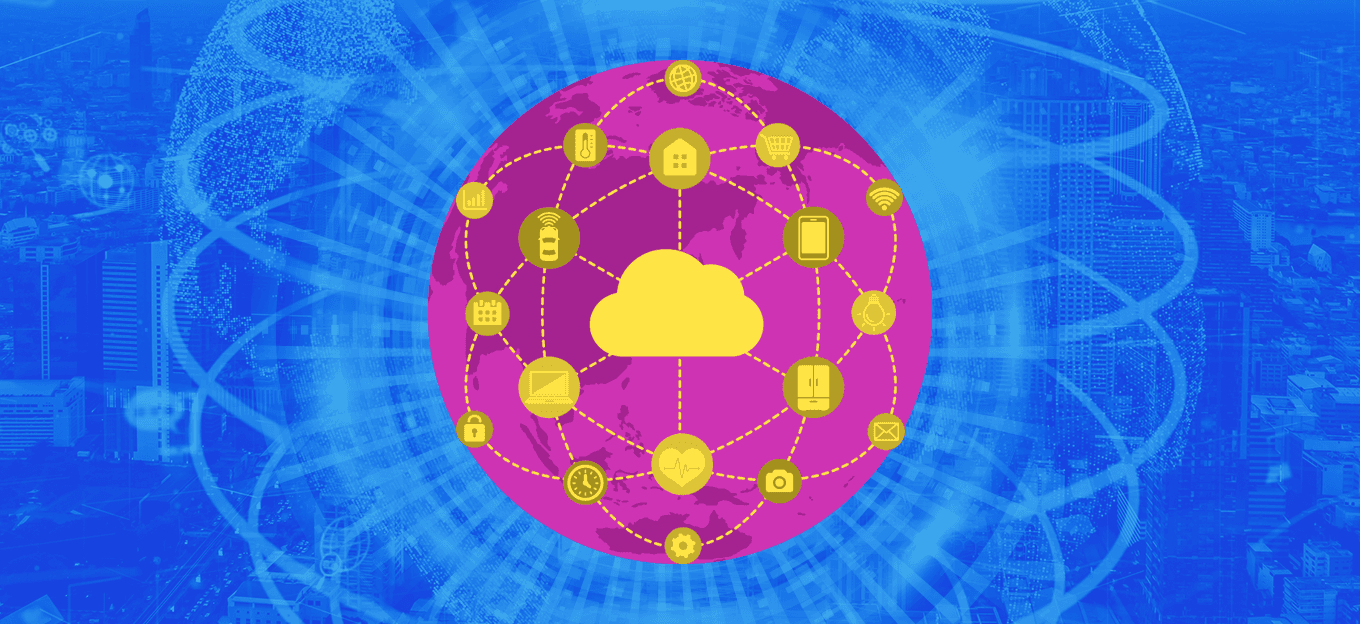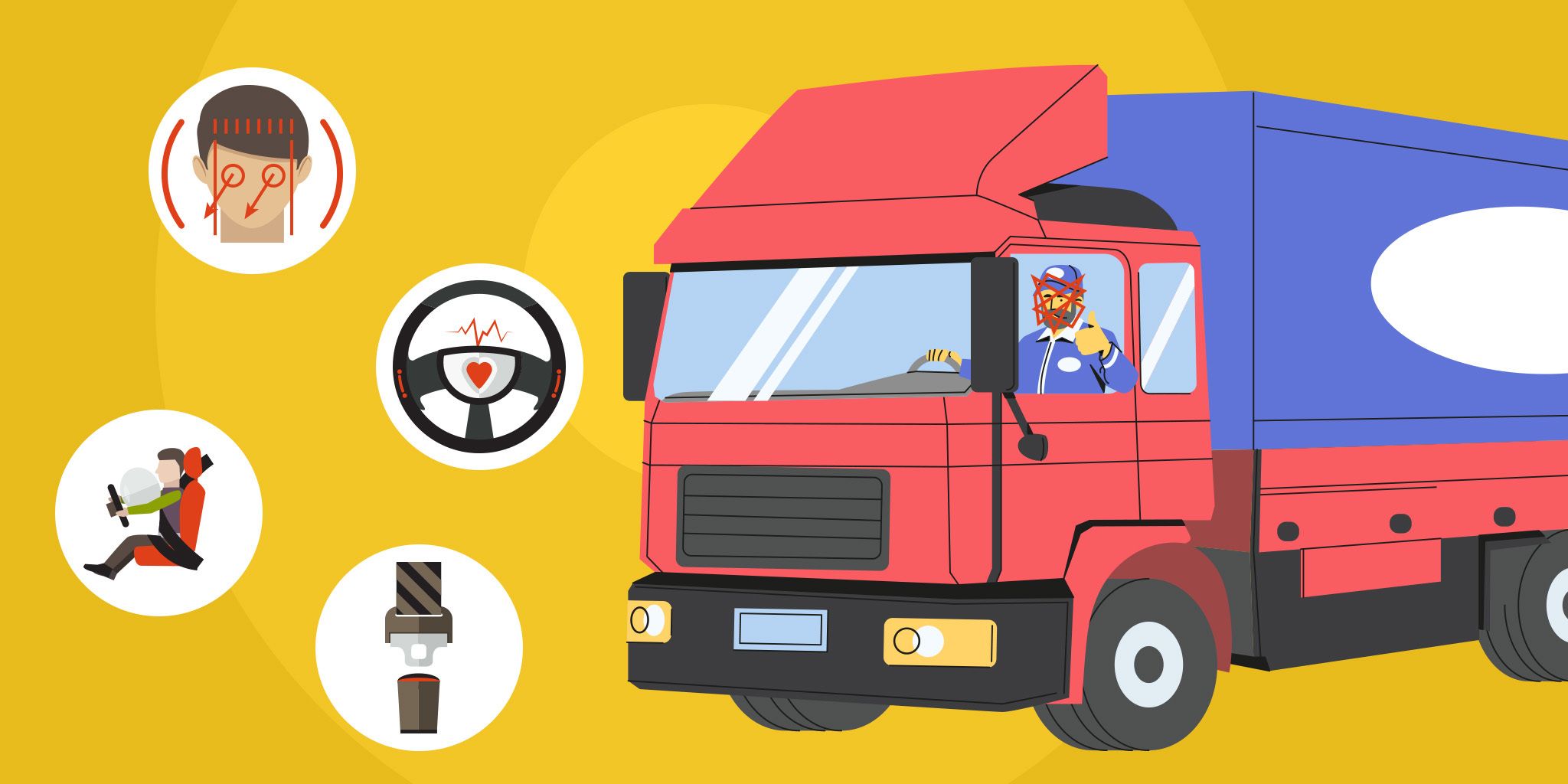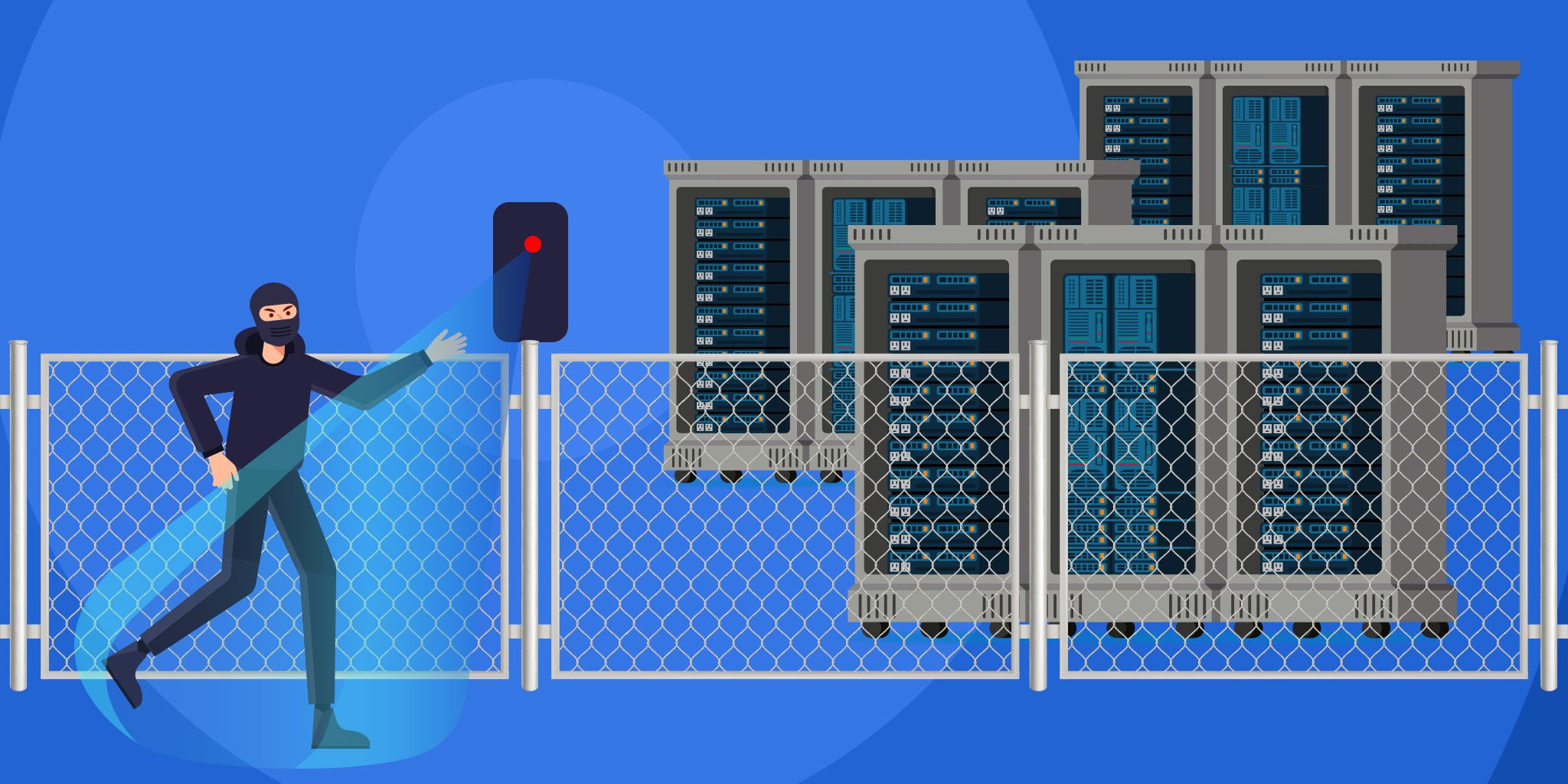Smart Door Locks & 3-D Volumetric Cameras Add to Current IoT Successes in Transportation Sector
Smart Door Locks & 3-D Volumetric Cameras Add to Current IoT Successes in Transportation Sector
- Last Updated: December 2, 2024
Guest Writer
- Last Updated: December 2, 2024



IoT in Trucking
The transportation sector to date, particularly trucking, has benefited greatly from real-time, IoT connectivity of fleet assets, typically “in motion” on our nation’s highways. In addition to currently monitoring location, vehicle status, and driver behavior (listed in detail below), there are several exciting new sensor devices rolling out now that will begin to have a significant impact on trucking in general.
"The transportation sector to date, particularly trucking, has benefited greatly from real-time, IoT connectivity of fleet assets, typically “in motion” on our nation’s highways."
-Eric Collins
Let’s focus on these two: 1) IoT-connected smart door locks for security and 2) volumetric 3-D camera systems designed to gauge and measure available space in a truck or trailer for greater cargo optimization.
Both are new and represent significant benefits in truck and cargo mentoring and management. These technologies can contribute to improved security, load optimization, cost savings, and sustainability, and include the following features and benefits.
IoT-Connected Smart Door Locks

Montage Connect
Implementing IoT-controlled, heavy-duty door locks can enhance the security of trucks and trailers, helping to prevent cargo theft, which is a growing concern in the industry. By providing real-time monitoring, remote access control, and instant notifications in case of unauthorized access, these smart locks can significantly improve cargo security.
These new locks are intelligent locking systems designed to protect trailer and container contents from theft and damage. It replaces traditional methods used for security such as tie wraps, disposable bolts, and padlocks. It also provides tamper information in real time and communicates security status to a gateway over Bluetooth to a centralized, user-mentored cloud platform.
IoT-Connected, Volumetric 3-D Cameras for LTL Optimization

Montage Connect
Specialized camera-based systems that can measure and map available space in trucks and trailers can help address the issue of “Less than Truckload” (LTL) shipments. A volumetric camera is a sensor supporting a real-time cargo sensing solution based upon Time of Flight (TOF) technology, designed for load optimization in logistics, fleet management, and more.
It generates a reliable 3-D Point Cloud visualization of the contents inside a container or trailer and communicates volumetric measurements to a gateway over Bluetooth to the cloud platform. The Sensor can be either internally or externally mounted on the container or trailer and is powered by either a 12V DC external source or a rechargeable battery powered from an integrated solar panel. The camera dome is positioned to view the entire length of the trailer.
Benefits Recap
The integration of these new two technologies will lead to the following benefits for the industry:
- Enhanced security: IoT-connected smart door locks can help protect cargo from theft, reducing losses and improving overall supply chain security.
- Improved load optimization: Accurate real-time measurement of available space in trucks and trailers allows for better planning and distribution of cargo, resulting in more efficient use of resources.
- Cost savings: By optimizing loads and enhancing security, businesses can reduce transportation costs and minimize losses due to theft.
- Sustainability: Efficient load optimization leads to fewer partially loaded trucks, which in turn reduces fuel consumption and greenhouse gas emissions. This contributes to the overall sustainability efforts of the trucking industry.
As the adoption of these technologies grows, their impact on the industry will likely become even more pronounced. Other new sensor devices are in the queue as well.
If you’re unfamiliar with the many current and recent-past, real-time IoT in trucking connectivity successes, here’s a quick summary applications list:
- Driver safety – e.g., driver behavior, including harsh braking and sudden acceleration, speeding, helping identify risky driving patterns, etc.
- Predictive maintenance - e.g., vehicle factors, such as engine temperature, brake wear, tire pressure, and battery condition.
- Vehicle-to-vehicle (V2V) communication – e.g., improve safety & efficiency by sharing information between drivers about the weather, road conditions, traffic, and other hazards.
- Security and theft prevention – e.g., security, tracking devices, and location systems prevent theft and improve general security and recovery of trucks and cargo.
- Fuel management – e.g., monitor fuel consumption and identify patterns and trends that may indicate inefficient fuel usage.
- Cargo condition monitoring – e.g., vibration, temperature, and humidity, and addressing perishable and sensitive cargo.
- Compliance and reporting – e.g., collect data required for regulatory compliance, such as hours of service (HOS) for drivers.
- Autonomous vehicles – e.g., support autonomous trucks by facilitating communication between vehicles, infrastructure, and other devices.
The Future of IoT in Trucking
In conclusion, while trucking (especially in fleets) has already benefited greatly from IoT connectivity, and new devices like those listed above and their benefits are coming online soon, collectively they will make the transportation sector, and trucking, even more of a leader in IoT utilization.
The Most Comprehensive IoT Newsletter for Enterprises
Showcasing the highest-quality content, resources, news, and insights from the world of the Internet of Things. Subscribe to remain informed and up-to-date.
New Podcast Episode

Moving Past the Pilot Phase in IoT and AI
Related Articles





